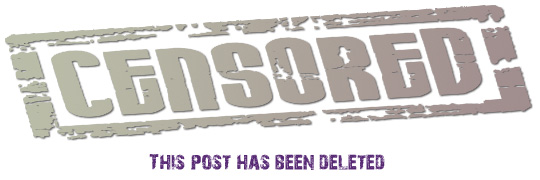

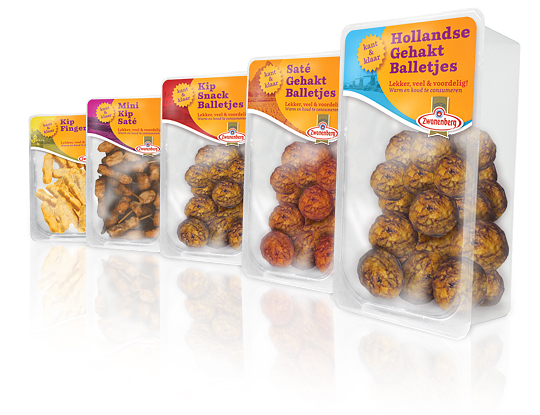 For the Dutch company Zwanenberg Food Group, Stepfive created this serie of packaging labels for a range of tasteful snacks. This graphic and colorful look with much attention to branding and visibility of the products is successfully introduced at the Dutch consumer market.
For the Dutch company Zwanenberg Food Group, Stepfive created this serie of packaging labels for a range of tasteful snacks. This graphic and colorful look with much attention to branding and visibility of the products is successfully introduced at the Dutch consumer market.

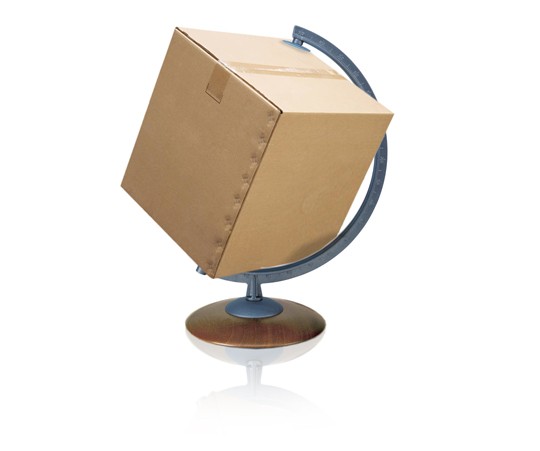 The British Standards Institution, BSI, has launched a new standard to streamline food safety systems between food manufacturers and the packaging they use for their products.
The British Standards Institution, BSI, has launched a new standard to streamline food safety systems between food manufacturers and the packaging they use for their products.
PAS 223—Prerequisite programmes and design requirements for food safety in the manufacture and provision of food packaging—provides a common international methodology for developing a prerequisite program for food and drink packaging safety. PAS 223 aims to bring consistency across global packaging industry practices. It could also potentially reduce tendering costs for packaging manufacturers who adhere to it and as help align packaging activities more closely with their clients’ requirements.
Read more

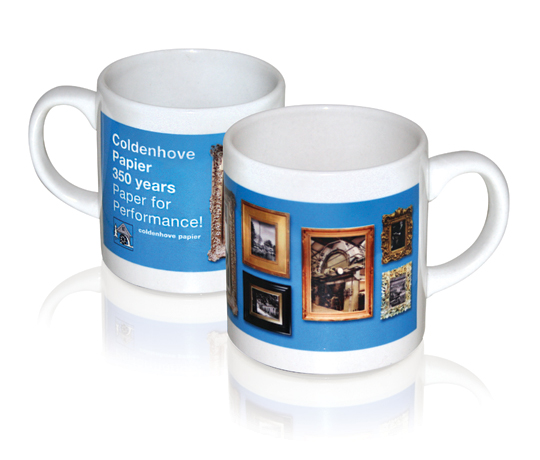 For Coldenhove Paper, Stepfive designed the company’s Stand including the give-away mug, all for the FESPA Digital 2011 in Hamburg. This paper manufactorer develops innovative paper like Digital dye sublimation paper, which is particularly interesting for designers in the field of product-, interior- and packaging design. The mug shows how the sublimation really gets into the material! Its not just a print on a mug, but a print in the actual glaze! Almost every item and material can easily be sublimed with designs you like. It’s solid, sharp and scratch-proof.
For Coldenhove Paper, Stepfive designed the company’s Stand including the give-away mug, all for the FESPA Digital 2011 in Hamburg. This paper manufactorer develops innovative paper like Digital dye sublimation paper, which is particularly interesting for designers in the field of product-, interior- and packaging design. The mug shows how the sublimation really gets into the material! Its not just a print on a mug, but a print in the actual glaze! Almost every item and material can easily be sublimed with designs you like. It’s solid, sharp and scratch-proof.
Digital dye sublimation is probably the most spectacular innovation of the last decades in the digital graphics industry. This leading-edge application represents the adaptation of advanced digital printing to the conventional process of dye sublimation transfer. By developing a range of transfer papers that offers the highest transfer yield, the best printabillity and runnability, in close co-operation with (amongst others) customers and leading equipment and media manufacturers.
see also: www.coldenhove.com

 Involving designers in new product development leads to greater emphasis on experiential and functional design. Emphasis on experiential and functional design leads to improved new product performance, particularly if designers are given a high degree of freedom to explore ideas outside the project scope, experiential design is innovative, functional design is innovative and customer involvement is limited.
Involving designers in new product development leads to greater emphasis on experiential and functional design. Emphasis on experiential and functional design leads to improved new product performance, particularly if designers are given a high degree of freedom to explore ideas outside the project scope, experiential design is innovative, functional design is innovative and customer involvement is limited.
These are some of the findings by the Rotterdam School of Management in collaboration with the Faculty of Industrial Design Engineering.
According to their research, products will be almost 20% more profitable when more attention is being paid to design and visual appearance during development of products.
Click here to download the complete research (PDF).

As far as our crystal ball can tell us, we present you with what generally is considered as the ‘top five most promising trends in packaging’. We look forward to the day we can look back on this and see what more or less ‘happened’, and what turned out to be total BS. Here we go:
1. Sustainability – reduced packaging material; reusable and refillable packaging; and lighter-weight and biodegradable plastics. The latter reduces transportation costs and the overall carbon footprint.
2. Decorating – “Retro” and “vintage” packaging remains a top decorating trend in 2011. Also popular is packaging with simple, minimalist decorating.
3. Electronic-Enabled Packaging – we will keep on integrating the use of our mobile technology (smart-phones) in our package designs. QR codes will appear more often.
4. Packaging is Shrinking – Packaging is getting smaller because prices of certain materials are increasing. So we shrink because consumers seem to notice price increases more readily than they notice package reduction or weight loss.
5. Made in … – when your offset is mostly situated in the country where you produce, a ‘made in …’ will likely to be seen as an added bonus. It tells that there were little transportation costs involved (sustainability), and makes you think the product suits you better than it’s cousins from the other side of the continent, world, galaxy.
For what it’s worth …

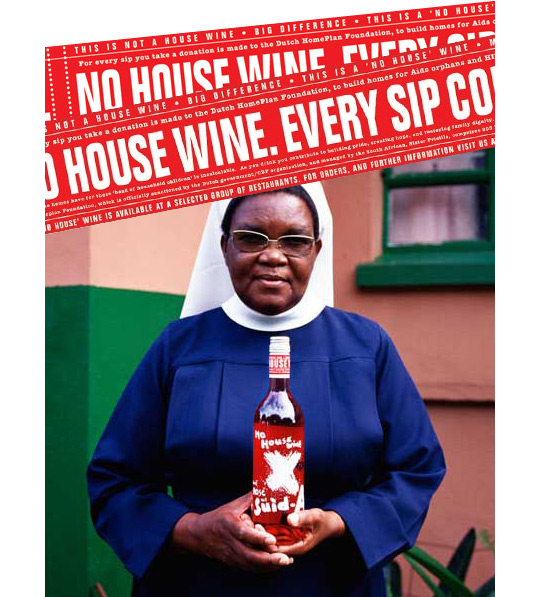 Excellent Packaging design and social responsibility can go hand in hand. A good exemple is ‘No House Wine’, a new wine-label that uses it’s profits to build houses for so called kid-parents (older brothers and sisters who take care of their younger ones) of HIV-contaminated families. It prevents kids from getting homeless after their parents died of AIDS.
Excellent Packaging design and social responsibility can go hand in hand. A good exemple is ‘No House Wine’, a new wine-label that uses it’s profits to build houses for so called kid-parents (older brothers and sisters who take care of their younger ones) of HIV-contaminated families. It prevents kids from getting homeless after their parents died of AIDS.
The international awarded design (New York Festivals (silver), Art Directors Club Nederland (zilveren lamp), Epica (silver) was designed by Edwin Vollebergh. It delicately cites the subject (houses and moving): an apparently handwritten signing on the front and a label made of packaging-tape on the back.
More on ‘No House’ Wine here.

 ”Global standards on packaging and the environment have gained conclusive momentum with the acceptance of the draft international standard (DIS) texts this week, say industry experts. The new ISO-standards will address the optimization of packaging to minimise its environmental impact, the responsible use of heavy metals and other hazardous substances, the possible reuse of packages and the different modes of recycling (material, energy or composting). The new ISO world standards will most likely be available for use by industry, retail and any other interested organisation by the end of 2012.”
”Global standards on packaging and the environment have gained conclusive momentum with the acceptance of the draft international standard (DIS) texts this week, say industry experts. The new ISO-standards will address the optimization of packaging to minimise its environmental impact, the responsible use of heavy metals and other hazardous substances, the possible reuse of packages and the different modes of recycling (material, energy or composting). The new ISO world standards will most likely be available for use by industry, retail and any other interested organisation by the end of 2012.”
More on the new ISO-standards here and here (pdf).

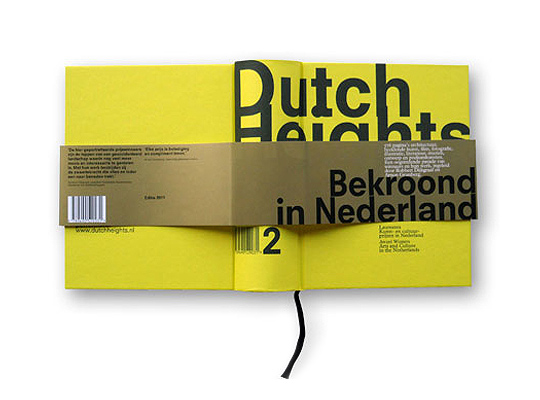 ‘Dutch Heights #2’ presents the year’s best work by award-winning Dutch architects, visual artists, actors, directors, illustrators, photographers, packaging designers, writers, poets, designers, theater makers, musicians and other performers. ‘Dutch Heights #2’ is the second volume in a new series yearbooks, designed by Irma Boom and produced by the best graphic production companies in the Netherlands.
‘Dutch Heights #2’ presents the year’s best work by award-winning Dutch architects, visual artists, actors, directors, illustrators, photographers, packaging designers, writers, poets, designers, theater makers, musicians and other performers. ‘Dutch Heights #2’ is the second volume in a new series yearbooks, designed by Irma Boom and produced by the best graphic production companies in the Netherlands.

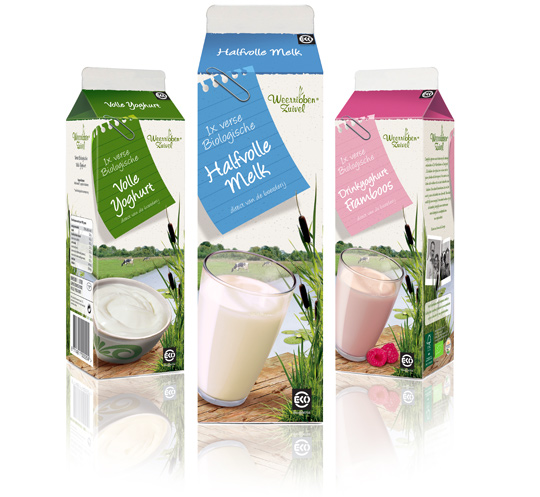 Following to this restyling, a similar fresh and natural packaging design was created by Stepfive of milk and drinks for Dutch company Weerribben Zuivel. The visuals on the packaging are showing us the origin of the milk and drinks: National Park ‘De Weerribben’ in The Netherlands with its characteristic feather reed grass. The coloured shopping list is a powerful asset to match all twelve products into a coherent range.
Following to this restyling, a similar fresh and natural packaging design was created by Stepfive of milk and drinks for Dutch company Weerribben Zuivel. The visuals on the packaging are showing us the origin of the milk and drinks: National Park ‘De Weerribben’ in The Netherlands with its characteristic feather reed grass. The coloured shopping list is a powerful asset to match all twelve products into a coherent range.
